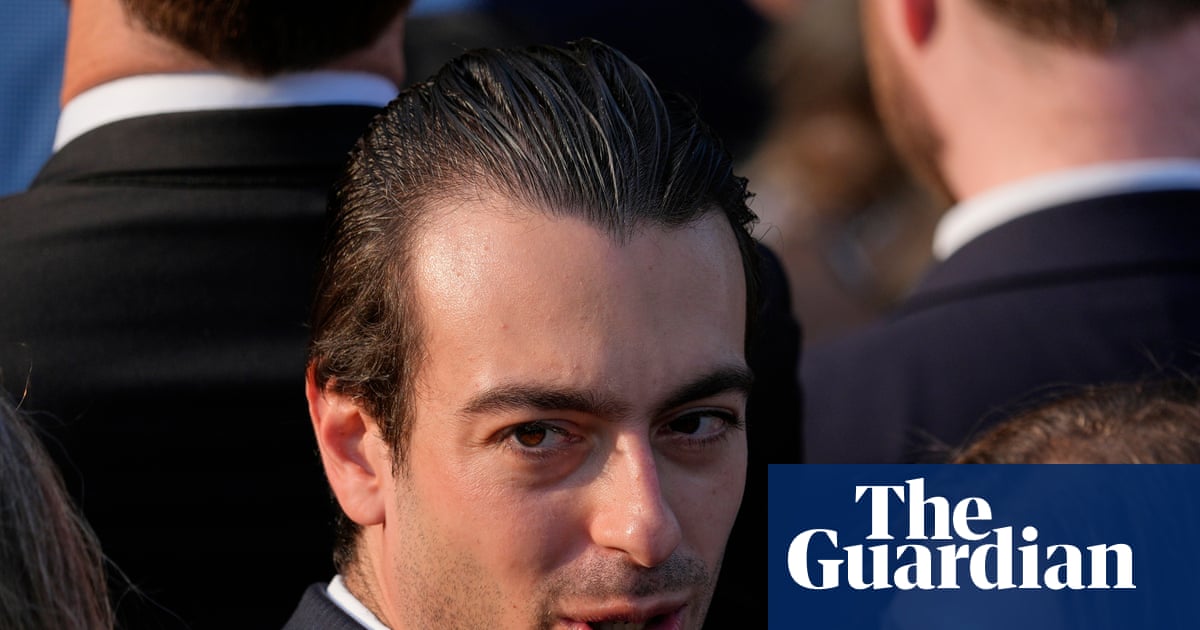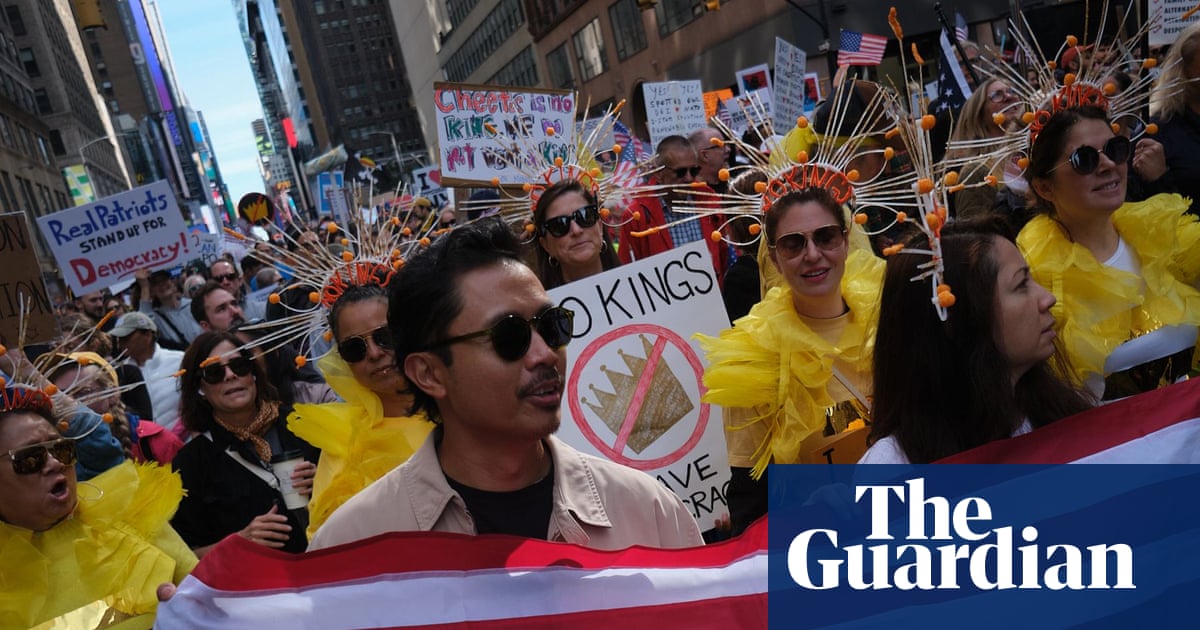Star-studded work from Simpson, whose instincts also led to success in jewelry design, is assembled in a new photo book
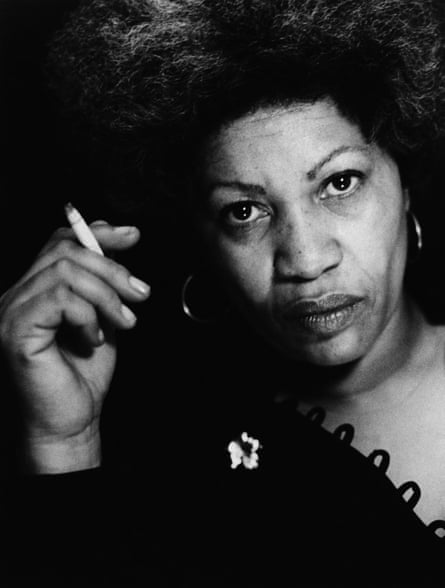
Coreen Simpson carved her own path to success – she never waited for anyone to hand her an opportunity. In her 1978 portrait of Toni Morrison, the author gazes directly into the camera with a striking expression that holds the viewer’s eyes fixed on hers.
A shadow fills the space between Morrison and the world, compelling the audience to reckon with her presence. The cigarette held effortlessly in Morrison’s left hand is a gesture to her power and influence as a literary giant. The image captures the essence of Simpson’s photography, seamlessly revealing the nature of her subjects while commanding their presence in the world.
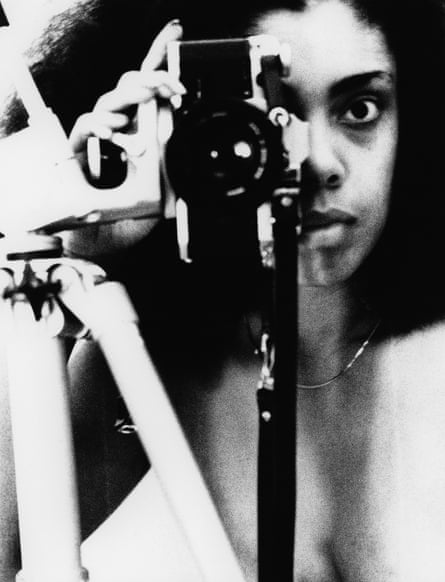
When working at the Studio Museum in Harlem as an assistant curator, Simpson set up an unofficial photography studio in her office and assigned herself the task of photographing artists, such as Morrison, who came to visit the museum.
“I made up this whole thing, ‘I’m Coreen Simpson, and I would like to do an official portrait of you,’” she says. “Toni Morrison was smoking a cigarette when she came in, and so she said, ‘Oh, let me put the cigarette out.’ And I told her, ‘But it looks so glamorous with the cigarette. This is you. Allow me to take the picture.’”
At 83 years old, Simpson remains excited about photography, and in a newly released photo book from Aperture’s Vision & Justice project, titled Coreen Simpson: A Monograph, viewers can experience the joy of her imagery. Her black-and-white portraits reveal the quiet and luminous spirit of her subjects, while her compelling experimental portraits challenge the audience to confront their perception of women’s bodies by covering their faces with masks. “I’ve never gotten bored [with photography], but I used to get bored very easily with things,” she says. “It’s fascinating to me that it has just enriched my life completely.”
Simpson became a photographer after noticing that she could make better images than the ones used to illustrate her stories as a freelance lifestyle writer. She took the chance to start creating the images she wanted to see. In 1976, she contacted her friend Walter Johnson, a street photographer who worked at a photo lab in Manhattan, with whom she had been acquainted with from her modeling days, and asked if he could teach her how to use a camera. He showed her how to use it, and as soon as she got a hold of it, she became unstoppable.
She argues that great images are the key to having a successful published story. “You have to feel good about yourself, and good about the article that you’re presenting to the public,” she says. “So what makes it good? It’s the visuals. The visuals make it good.”



She attributes her success as a photographer to her childhood growing up in foster care, during which she developed a survival instinct that is now essential to her image-making process. “I like photography ‘cause it’s like you have to survive. You have to get the photograph, damn it. That’s what the editor wants, and it’s so exciting,” she says.
Her instincts have led her to create a unique and innovative career not only in photography but also as a successful entrepreneur of her jewelry company. Simpson got her start in the jewelry industry by accident. Her friend Richard, who worked for the chief curator of Vogue, invited her to join him as he went to the West Village in New York City to sell his old clothes. She brought some of her old jewelry, and after a few Saturdays putting out a blanket with their items, they sold everything. The joy she gained from the experience made her want to sell more.
Her friend suggested that they take a jewelry-making class to create more pieces they could sell. After taking a few lessons to improve her skills, she saw an improvement. As the designs improved, she increased the price, but people downtown were unwilling to pay the amount she was asking. After a customer suggested, she began selling her jewelry in front of Bendel’s on 57th St.



In 1989, after a few years of training at the New School and refining her skills, one of her editors, Audreen Ballard, asked her to create a Black Cameo. It led to her business blooming, and the success of her jewelry line, the Black Cameo, has allowed her to use the money from her business to supplement her income when she is not taking photos.
“When I’m making jewelry with my hands. I’m always thinking, what am I doing with photography?” Simpson says. “When I’m doing the photography, I’m thinking about the jewelry, so it works. It’s very interesting how my mind works.”
Her portraits capture the heart and soul of the people she photographs, from those on the streets of Harlem to iconic figures such as James Baldwin, Jean-Michel Basquiat, and Andy Warhol, as well as the nightlife at clubs in New York City.
Her compassion for her subjects has taken her and her camera, which she describes as a passport, to one-of-a-kind experiences. On the eve of Muhammad Ali’s fight at Yankee Stadium in 1976, she stood outside the stadium wanting to photograph the event attendees. Although she did not have a ticket to the fight herself, a man approached her while she was working, asking if she would like to meet Ali. She responded excitedly: “Of course!” He replied: “Come with me, and I will introduce you to him.”
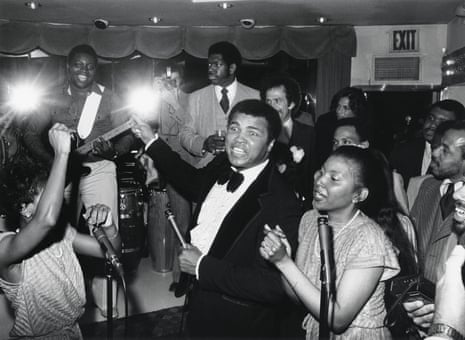
Flashing her NBC work badge, where she worked as a union contractor and not a photographer, Ali invited her to be the only photographer to walk behind him as he entered the ring. “Can you imagine?” she declares. When the fight ended, Ali invited her to attend the after-party events with him. “It’s just being in the right place at the right time,” she says. “I tell young photographers today, don’t wait for a magazine to give you an assignment.”
She later called the Black Sports magazine to pitch them a story with her images of Ali. The publication of her images in the magazine would mark the first time her photos were in a national publication.
As a single mother taking care of two young children, she has persisted in creating opportunities for herself by following her passions and never taking no for an answer. “When I read a lot of James Baldwin’s work, he said, ‘Go with the blood beats,’ and that means do what excites you,” she says. “Whatever it is, just go [do] what excites you.”
-
Coreen Simpson: A Monograph is out now

 5 hours ago
7
5 hours ago
7




